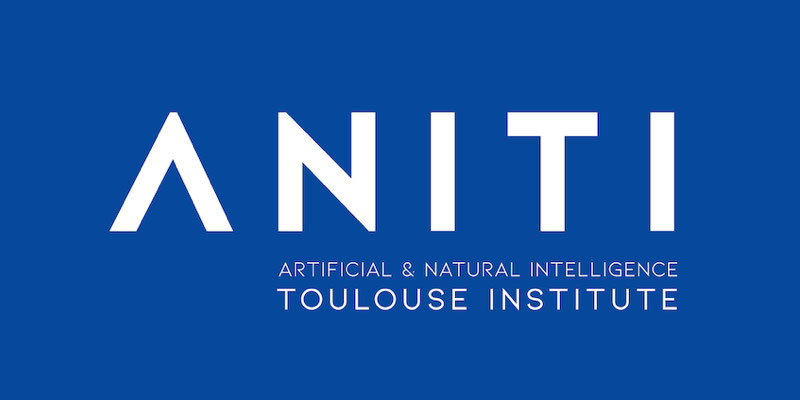On the Detection of Aircraft Single Engine Taxi using Deep Learning Models
Résumé
The aviation industry is vital for global transportation but faces increasing pressure to reduce its environmental
footprint, particularly CO2 emissions from ground operations such as taxiing. Single Engine Taxiing (SET) has emerged as a
promising technique to enhance fuel efficiency and sustainability. However, evaluating SET’s benefits is hindered by the limited
availability of SET-specific data, typically accessible only to aircraft operators. In this paper, we present a novel deep learning
approach to detect SET operations using ground trajectory data. Our method involves using proprietary Quick Access Recorder
(QAR) data of A320 flights to label ground movements as SET or conventional taxiing during taxi-in operations, while using only
trajectory features equivalent to those available in open-source surveillance systems such as Automatic Dependent Surveillance-
Broadcast (ADS-B) or ground radar. This demonstrates that SET can be inferred from ground movement patterns, paving the
way for future work with non-proprietary data sources. Our results highlight the potential of deep learning to improve SET
detection and
| Origine | Fichiers produits par l'(les) auteur(s) |
|---|
